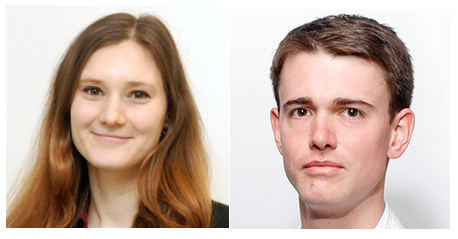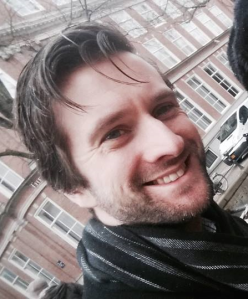Happy New Year (is it too late to say that?) from the whole team here at Classical and Quantum Gravity and CQG+.
We’re starting the new year with an injection of fresh blood. Due to a bit of reshuffle at IOP Publishing, I (Holly) will be moving teams to work on our biophysics titles. As a result of this, Benjamin Sheard will be taking over as Publisher of CQG. Ben is already very familiar with CQG having worked on it for quite some time a couple of years ago, so his name might be familiar to you.

Out with the old, in with the new
You might also start seeing some new faces around these parts as a new editorial operations team takes over to manage CQG peer review, many CQG+ invitations and the journal mailbox.
I’d like to take this opportunity to thank everyone who has supported the journal and our little blog here. I’ve only been working on it for a couple of years, but it’s been an absolute pleasure to work with everyone I’ve encountered. A particular note of thanks goes to the CQG Editorial Board and our Guest Editors who have contributed so much to the journals’ success and made my job that much easier.
I know that all of you will welcome Ben (back) to the community, so be sure to stop by the IOP Publishing stand at your next conference and say hello!
Stay tuned for our next announcement … it’s a big one!
This work is licensed under a Creative Commons Attribution 3.0 Unported License.






You must be logged in to post a comment.